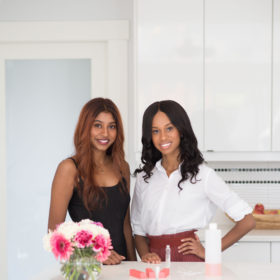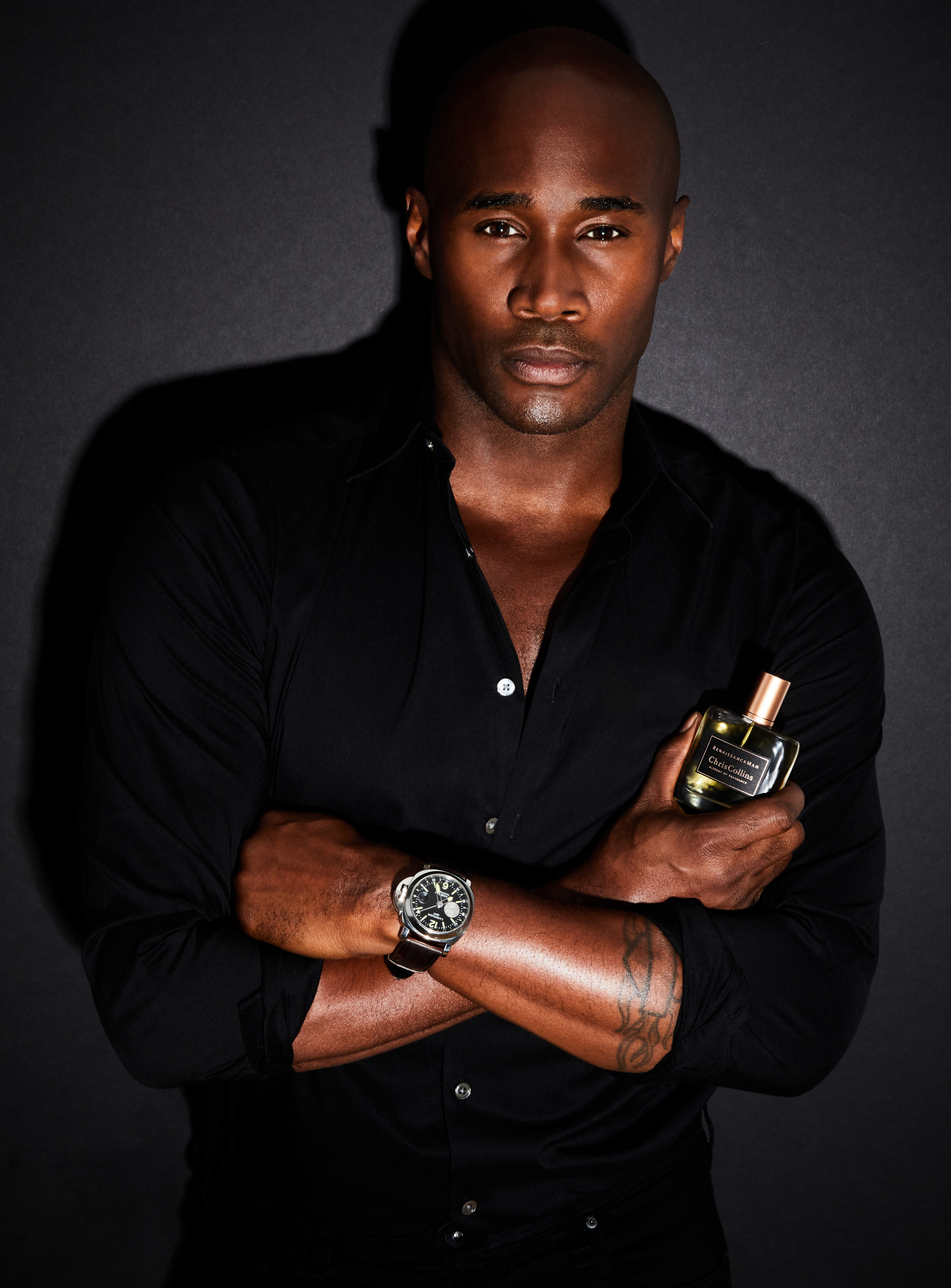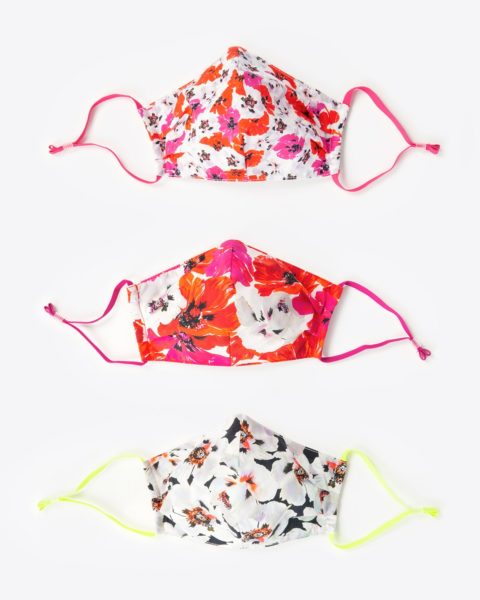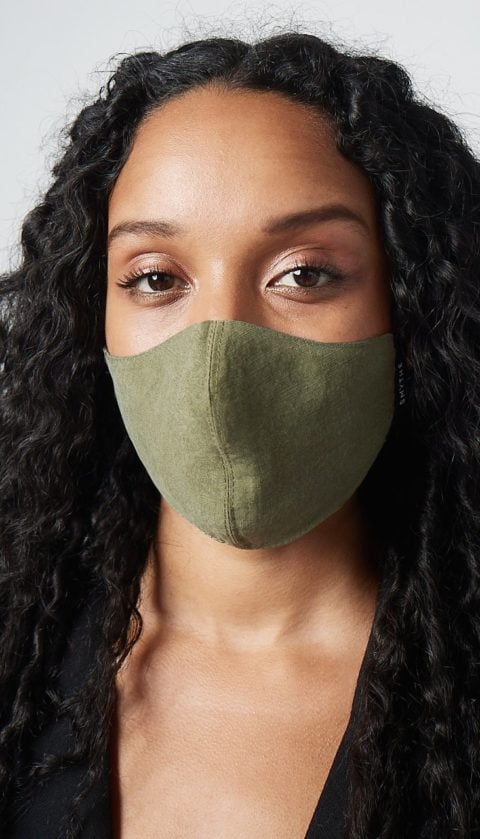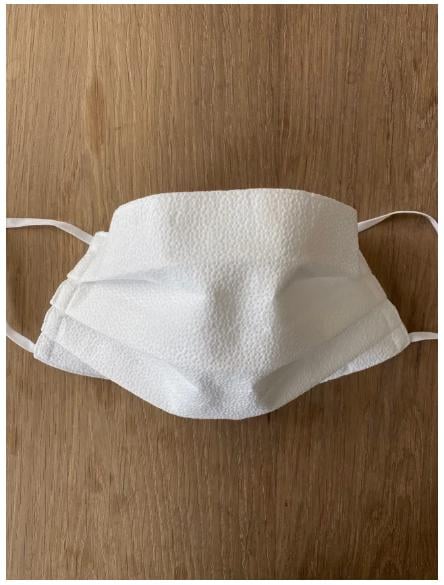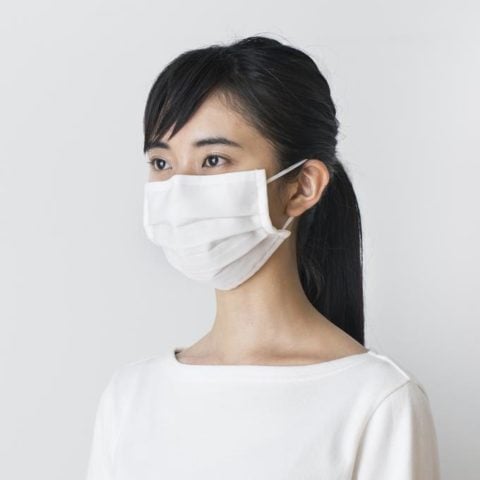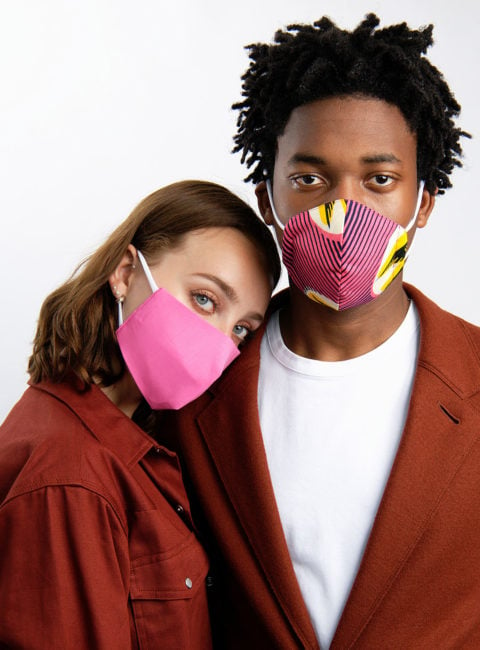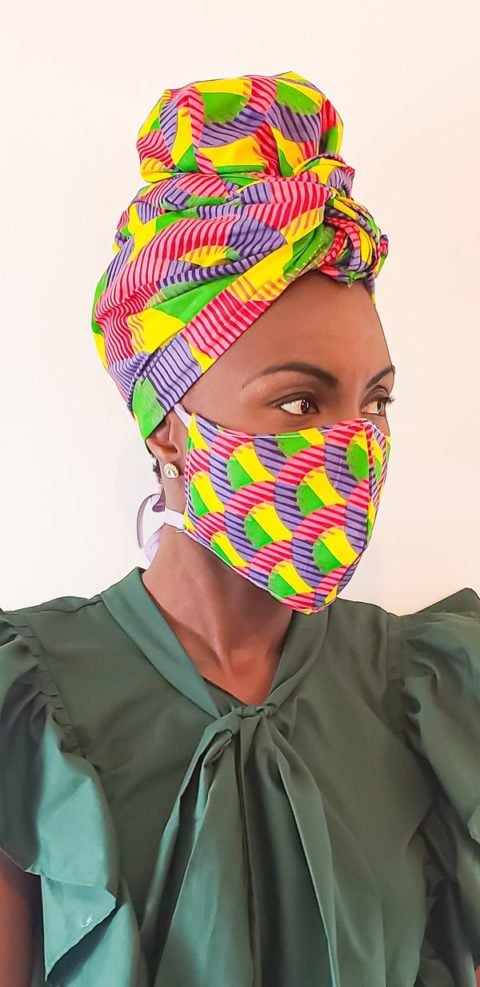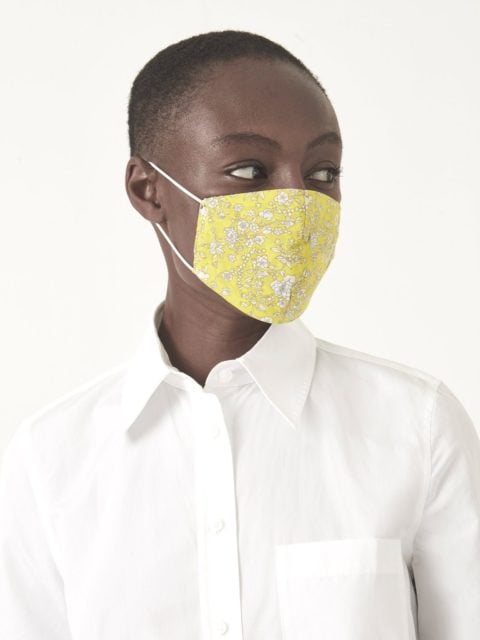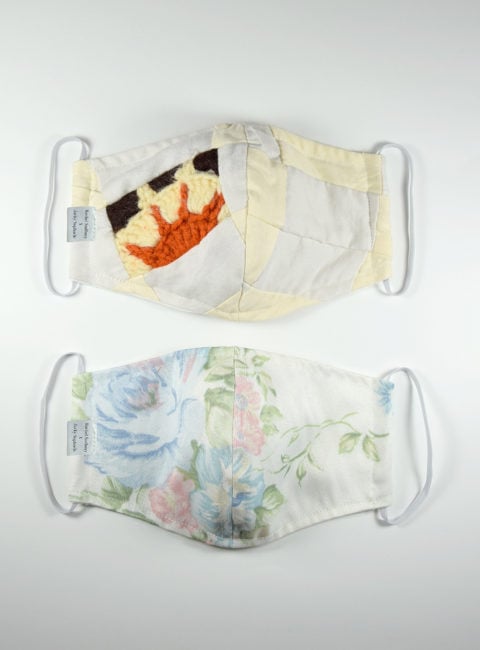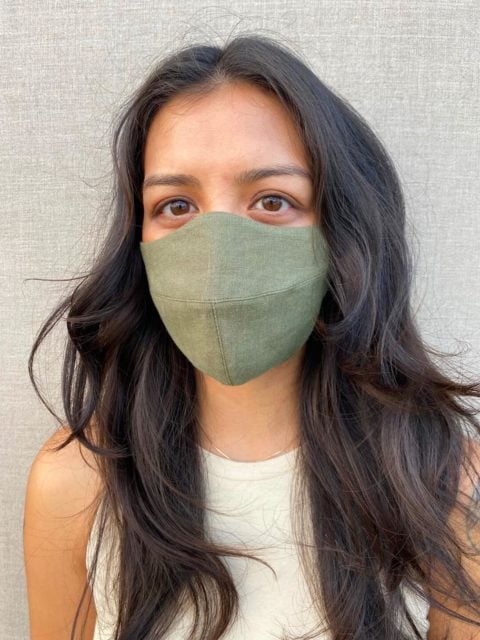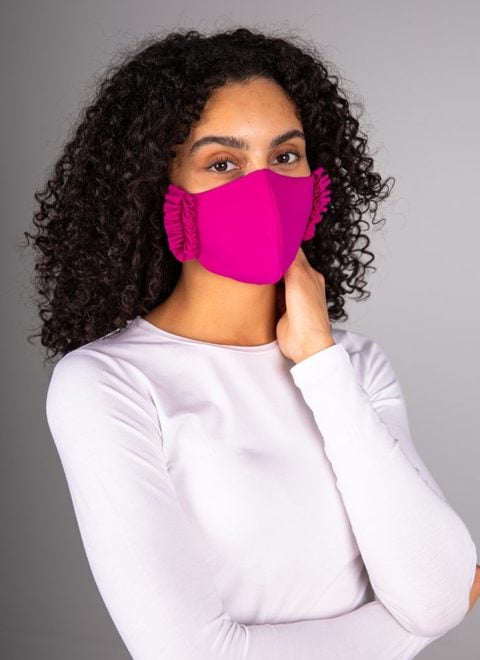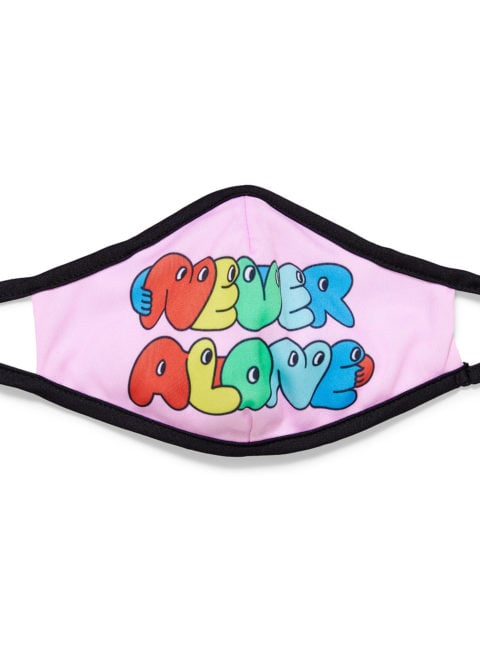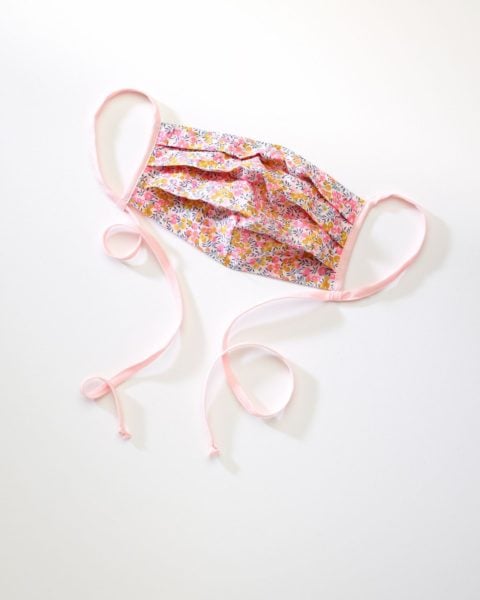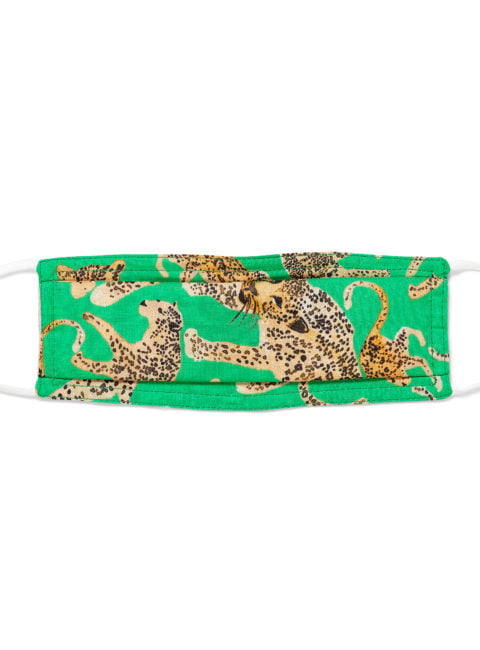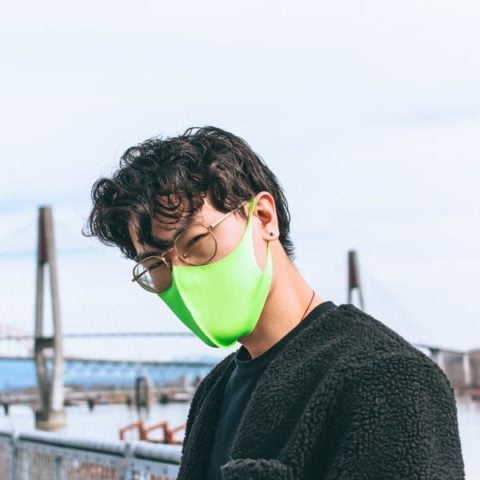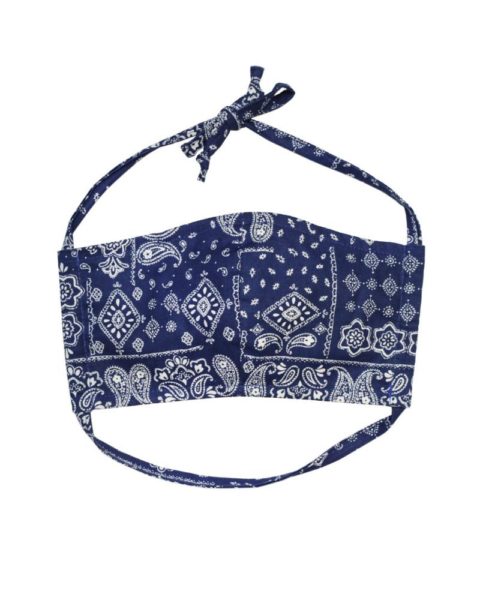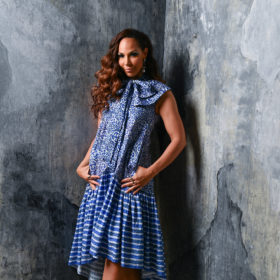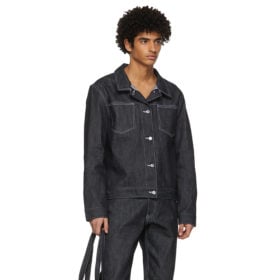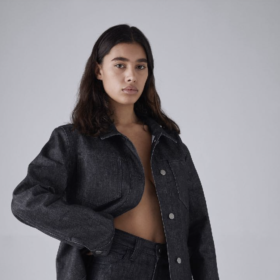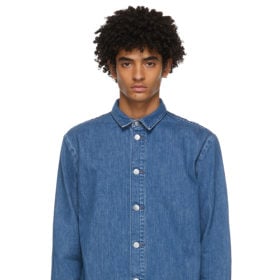Earlier this week, an unedited photo of Khloé Kardashian appeared on social media and, as things tend to do on the internet, it spread. Soon after, people began posting about how her legal team was messaging many of them to take it down in a futile effort to have the image scrubbed from the internet.
But in the same way things spread rapidly online, they also never really go away. What followed was the perfect example of the Streisand Effect, which is what happens when efforts to hide something only end up publicizing it more. It was coined in 2005 by Techdirt’s Mike Masnick, and alluded to Barbra Streisand who, in 2003, sued a photographer for violation of privacy for taking an aerial shot of her California mansion as part of a public collection of coastline photographs. Prior to her filing the lawsuit, that photo had only been downloaded a handful of times, but afterwards, due to the publicity, that number rose to thousands upon thousands. So, in much the same way, the internet’s favourite subject of this week became the very photo that Kardashian didn’t want anybody to see.
And much of the chatter has been about why, exactly, the 36-year-old reality TV star wanted the seemingly innocent shot of herself in a leopard bikini, smiling by the water, manicured nails and all, wiped from the web in the first place?
Here’s the thing: the photo is unedited, unfiltered and she’s wearing very little make-up. She also is not the one who posted it online (prayers out to the assistant who made that mistake). And if the Kardashian clan is known for anything, it’s a tightly controlled image.
Many on Twitter expressed confusion, wondering if she wanted the photo removed because “her ‘real’ face doesn’t match the shape-shifting CGI face she puts on IG,” while some noted “she looks gorgeous and happy in this pic, wish we’d see more like this.” Others wondered how the rest of us, who don’t post retouched photos of ourselves online and who don’t have bodies akin to Kardashian’s, should feel about our appearances if she still isn’t proud of hers.
i have seen the Khloe Kardashian pic and she looks fucking great!
girl, give us more unedited photos! pic.twitter.com/JsZPCfIeLE
— ✨yeetball sub✨ (@sarahhyland87) April 6, 2021
The Good American slogan…..”Representing” Body Acceptance, this is a missed opportunity, imperfection is perfection! We are all ready for people to be real!! #nocompromises @khloekardashian pic.twitter.com/aHoNPaznzv
— Sara (@knope_sara) April 7, 2021
On April 7, Kardashian addressed the backlash in an emotional Instagram post. The caption reads: “The photo that was posted this week is beautiful. But as someone who has struggled with body image her whole life, when someone takes a photo of you that isn’t flattering in bad lighting or doesn’t capture your body the way it is after working so hard to get it to this point — and then shares it to the world — you should have every right to ask for it to not be shared — regardless of who you are. In truth, the pressure, constant ridicule and judgment my entire life to be perfect and to meet other’s standards of how I should look has been too much to bear.”
View this post on Instagram
As the member of the famous family who has received the most criticism about her body since the reality series Keeping Up with the Kardashians debuted in 2007, Kardashian’s appearance has been analyzed for being taller, bigger and blonder — even to the point of speculation over whether she has a different father to account for her perceived physical differences. In regards to this, Kardashian added that her struggle with her body has partly stemmed from having “every single flaw and imperfection” poked at “and made fun of.”
She continued, “You never quite get used to being judged and pulled apart and told how unattractive one is, but I will say if you hear anything enough then you will start to believe it. This is how I have been conditioned to feel, that I am not beautiful enough just being me.” Kardashian goes on to say that she’s used the criticism “to get myself in the best shape of my life,” but not without people wondering if she “paid for it all.” She does say that she loves “a good filter, good lighting and an edit here and there.”
That post includes a video of her topless and attempting to demonstrate that her body is hers, and that what we see on her Instagram feed is real. She even hosted an Instagram Live that same night as evidence, as if removing all smoke and mirrors.
Needless to say, it only heightened the online discussion, with Kardashian trending all over Twitter the rest of the week, and with many calling her out as being “part of the problem,” as a “perpetuator of unattainable beauty standards,” and not to mention someone who, along with most of her family, has profited off unrealistic beauty standards by selling products like flat tummy teas.
Lol yes I read Khloe Kardashian’s statement and while I have empathy for her, she is currently part of the problem. This is sick and she needs professional help, not a platform where she lives a lie and separates young women from their money by teaching them to hate themselves.
— Sophie Ross (@SophRossss) April 8, 2021
Particular members of the Kardashian family have been the biggest perpetuators of unattainable beauty standards. You live by the sword…
— machine gun Kele (@kelechnekoff) April 8, 2021
Meanwhile, actress Jameela Jamil, who created the body inclusivity platform I Weigh, tweeted that we’re all victims of beauty standards, and that “[the Kardashians] may hurt us, but god did society hurt them.” Katie Couric weighed in, too, commenting on Kardashian’s post that it was “raw and honest” but that “non-stop procedures and constant filters are promoting unrealistic and harmful beauty standards.”
This is what I was saying. She was bullied into this mind state. But now is also a really good time to admit to surgeries, thinning photographs and videos, and to stop being part of the culture that makes girls like her hate herself. No more diet products. No more “revenge body.” https://t.co/KghUckybbZ
— Jameela Jamil 🌈 (@jameelajamil) April 8, 2021
The discussion, evidently, is a complex one. Kardashian is a victim of online harassment, but as part of a family that has long appropriated Black and drag culture in their looks, has promoted weight loss products to its fans, and whose appearances are edited in much of their online content, she is also a perpetrator of the very thing she’s criticizing.
“Khloé is not immune to the pressure that society places on women’s bodies, but her family has also perpetuated those toxic, unrealistic beauty standards,” says Aisha Fairclough, a body image advocate and co-founder of Body Confidence Canada, an organization that supports body diversity through programming and community engagement. “They have profited off of these standards through flat tummy teas, body-contouring shapewear and by emulating physical features often associated with Black aesthetics. That’s down to the fuller lips and larger buttocks that are weaponized when possessed by Black bodies. You cannot discuss the Kardashians and body image without applying a race, class and gender analysis lens.”
In recent years, any one of the Kardashians or Jenners can be found in magazines, on red carpets or walking down the street, always turned out. Their heavily made-up aesthetic has been so pervasive over the years that it’s come to dominate the look of social media influencers and Gen Z. That look — which consists of symmetrical eyebrows, filled lips, bronzed skin and baked-on layers of make-up — was even dubbed “Instagram face” by the New Yorker’s Jia Tolentino. Add on the trim waist, large chest, toned tummy, curvaceous behind and long hair, and you’ve got a hell of a mold to try and fit into, one that consists of many features that women of colour aren’t typically praised and idolized for the way the Kardashians are.
I feel for Khloe Kardashian and the criticism she receives, but if she finds it hard to meet the ‘impossible standards’ set for her, imagine how ‘normal’ people feel, trying to reach the impossible standards and body shapes set by her and her sisters
— meglucia ♍️ (@meeeglucia) April 8, 2021
Khloé, you neglect to take accountability that a person of your economic status uses photoshopping, airbrushing, make up, professional photography that is put together for all your social media posts. You stigmatize natural beauty when you behave like you do as an influencer.
— Vianne (Vee•Ann) Frances (@viannekelly97) April 8, 2021
Consider Khloé’s younger sister, Kylie Jenner, who came under fire in 2015 for plumping up her lips while lying about using fillers. When she later revealed the truth, she had a makeup line to sell alongside it, so you could — theoretically — achieve the same look with nothing more than a lip liner and gloss.
So while, yes, it is difficult to live up to today’s beauty standards, the Kardashians are guilty of continuously perpetuating them. There’s a confounding cognitive dissonance, then, to saying you don’t feel “beautiful enough just being me,” while also hosting a show called Revenge Body, selling fans diet products and encouraging them to try to emulate the impossible-to-achieve image you post daily on your Instagram. An image that is, undeniably, often Photoshopped. It’s a powerful thing, after all, that while Keeping Up with the Kardashians is wrapping its 20th and final season later this year, the family’s impact is likely to last far longer.
In order to move forward and break this damaging cycle, imagine a world in which the Kardashians never posted retouched, filtered images? Or if they did, and if they happened to buy a nip here and a tuck there, they were completely transparent about it?
“Khloé has the right to do what she wants with her body and to take down any picture she wants, but it would have been a step in the right direction to leave the unedited photo online and not make excuses,” says Fairclough of Kardashian wanting to remove an image she didn’t consent to being shared online. “[But] by removing the photo, what message does it send to actual fat people, women, girls and people of all genders who struggle with Eurocentric body image ideals? For the sake of body justice, ‘body positivity’ and for all the women that struggle everyday with their body image, she should have left it up. We are living through a pandemic and we are all fighting to stay alive and survive in the bodies that we are in. Khloé could be telling us that we should be grateful for our bodies, lumps and bumps that make us whole.”
It’s clear that Kardashian is struggling with body image issues, as are so many women and girls today. Multiple studies show that those experiencing body dysmorphia or any kind of preoccupations with their weight typically display higher levels of symptoms for depression and anxiety, and are more likely to have suicidal thoughts. Key causes of those concerns can be any of the following, according to the Mental Health Foundation: our relationships with our family and friends, how they speak about bodies, our exposure to images of idealized or unrealistic bodies through media or social media, and the pressure to look a certain way or to match an “ideal” body type.
“Khloé’s story sounds like the story of many people who have fallen prey to a visual culture that undermines women and girls at every turn in its attempts to shape us literally and figuratively into taking up as little space as possible,” says Fairclough. “Khloé may very well need help, but this is larger than Khloé: our society needs help. There should be no apps for lightening or tightening our skin and bodies. And Photoshop should not be used to alter our images to make us look younger or thinner.”
The sooner we reach that stage, the better we all — including Khloé — will feel about our authentic selves. But for that to happen, the Kardashians, Jenners and all the other powerful figures in Hollywood and beyond who perpetuate and profit from impossible beauty standards must stop playing the game and start being honest.
The post Is Khloé Kardashian a Victim of Unattainable Beauty Standards — or Part of the Problem? appeared first on FASHION Magazine.
from FASHION Magazine https://ift.tt/3mxGx9X
via babu31blog




